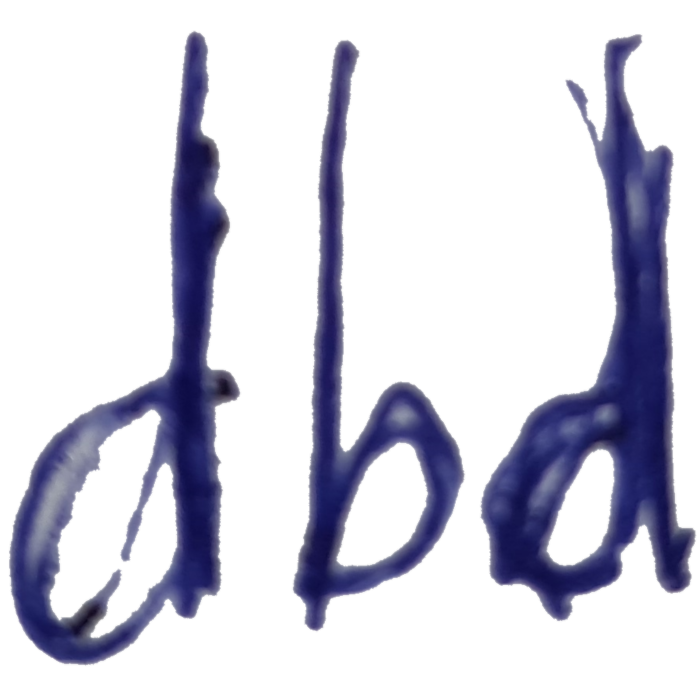Reference#
Warning
This reference guide presents the dbdicom version 0.3 API. This replaces the v0.2 API which is no longer supported and will be phased out.
This reference manual details functions, modules, and objects included in dbdicom, describing what they are and what they do. All operations are available via a functional and an object-oriented API.
The functional API is slightly more compact and easier to use but also a little slower as the index file of the database is read and written at each operation.
For interactive use or when many operations are performed in rapid succession, such as in a loop, the object-oriented API may be preferable.
Functional API#
Summarize the database#
Retrieve information entities#
Edit information entities#
Reading DICOM#
|
Read volume from a series. |
|
Read the values of some attributes from a DICOM series |
|
Read the pixel data from a DICOM series |
|
Return a list of unique values for a DICOM entity |
|
Read the files in a DICOM entity |
Writing DICOM#
|
Split a series into multiple series |
|
Write a vreg.Volume3D to a DICOM series |
|
Edit attribute values in a DICOM series |
Import/export to other formats#
|
Save a DICOM series in nifti format. |
|
Create a DICOM series from a nifti file. |
Object oriented API#
|
Class to read and write a DICOM folder. |
